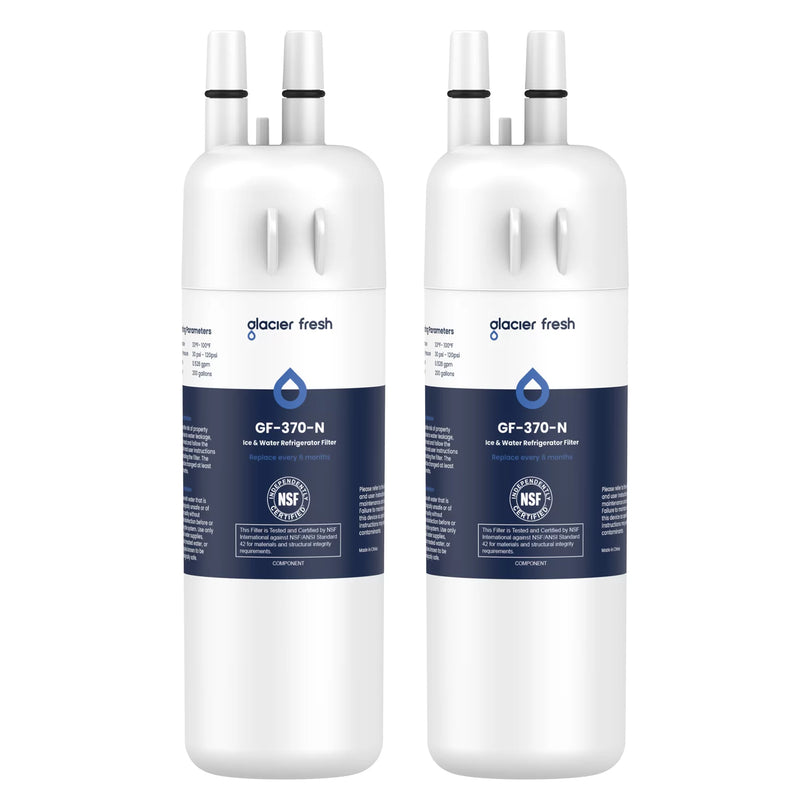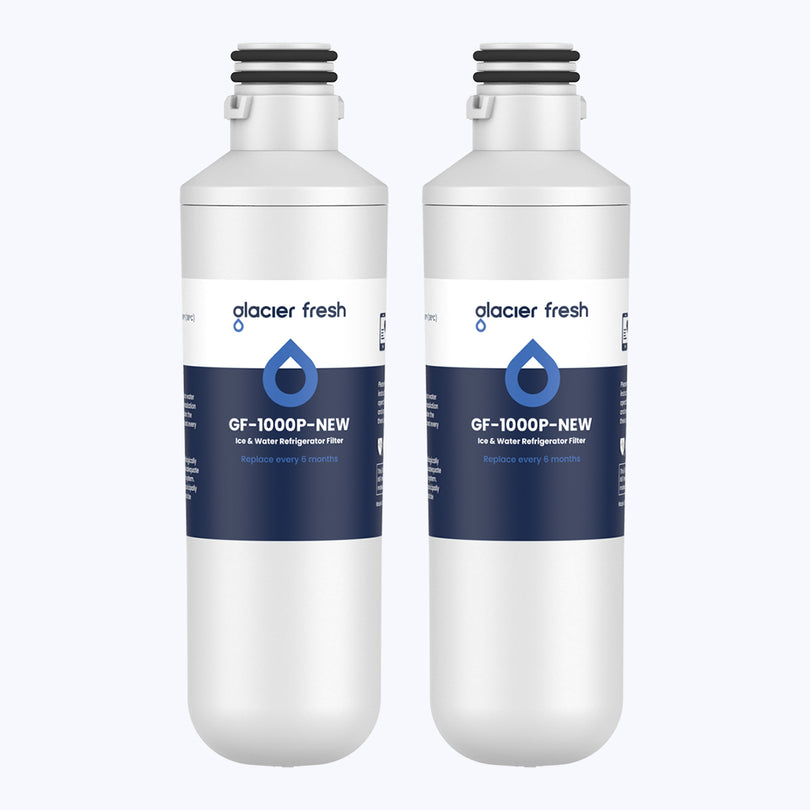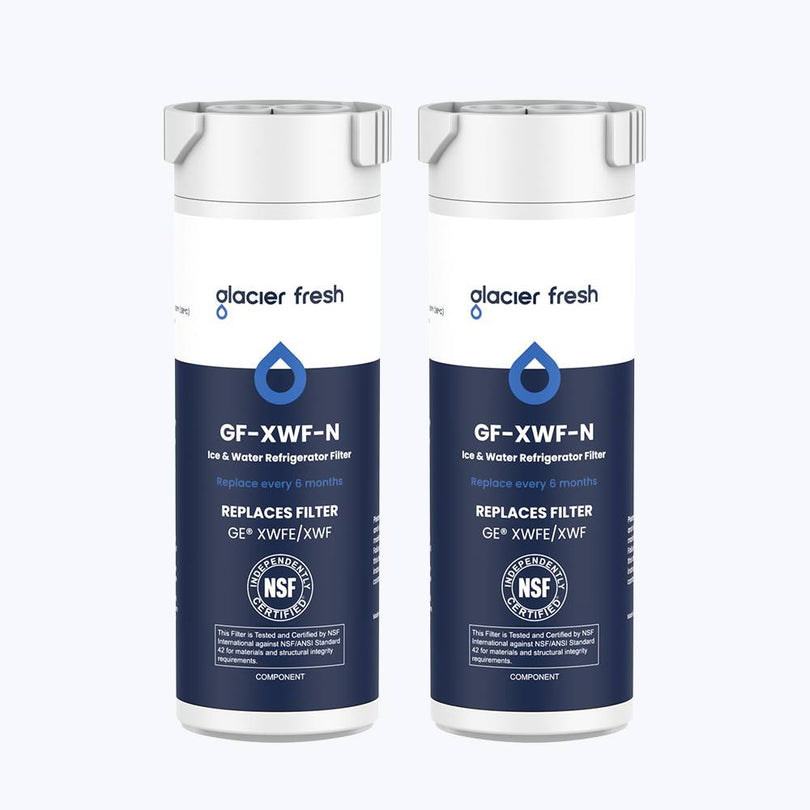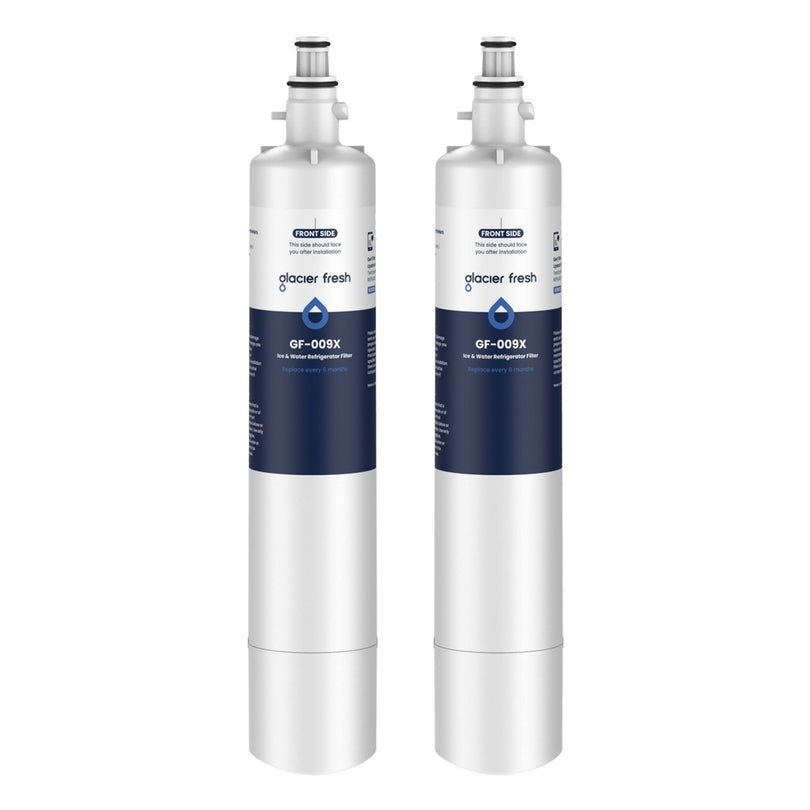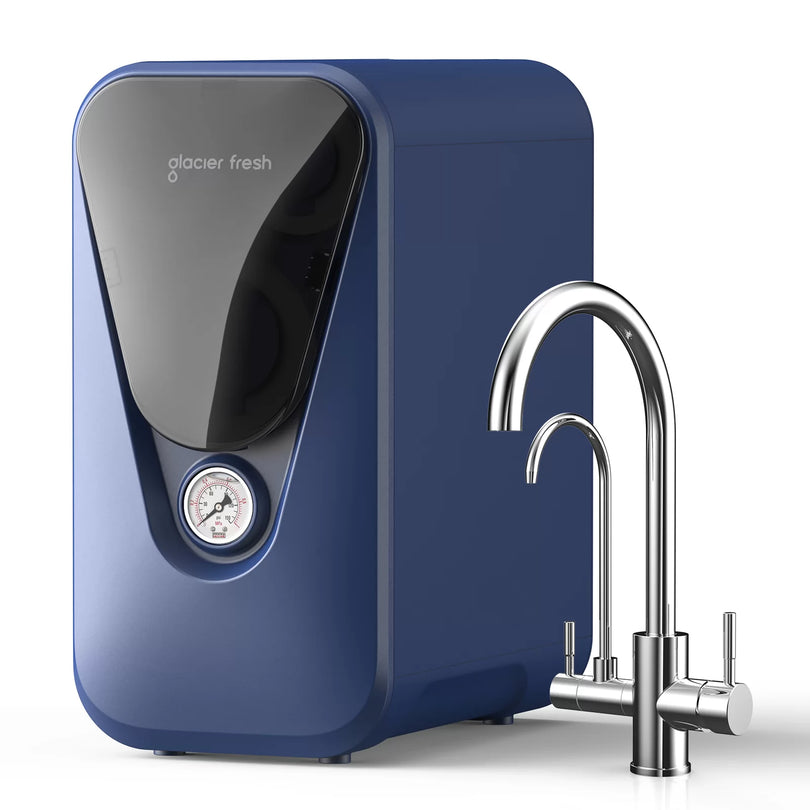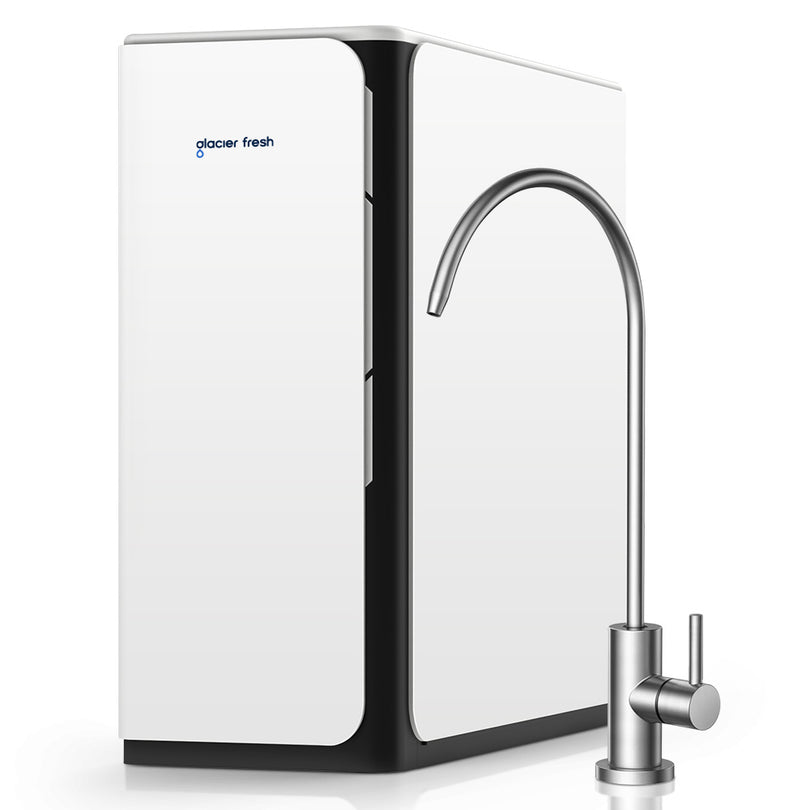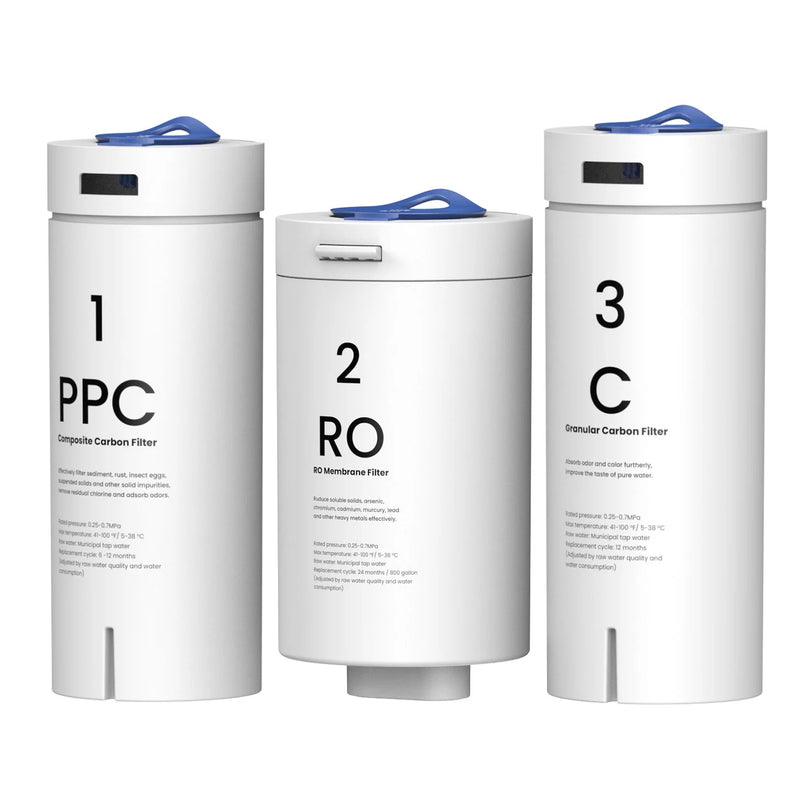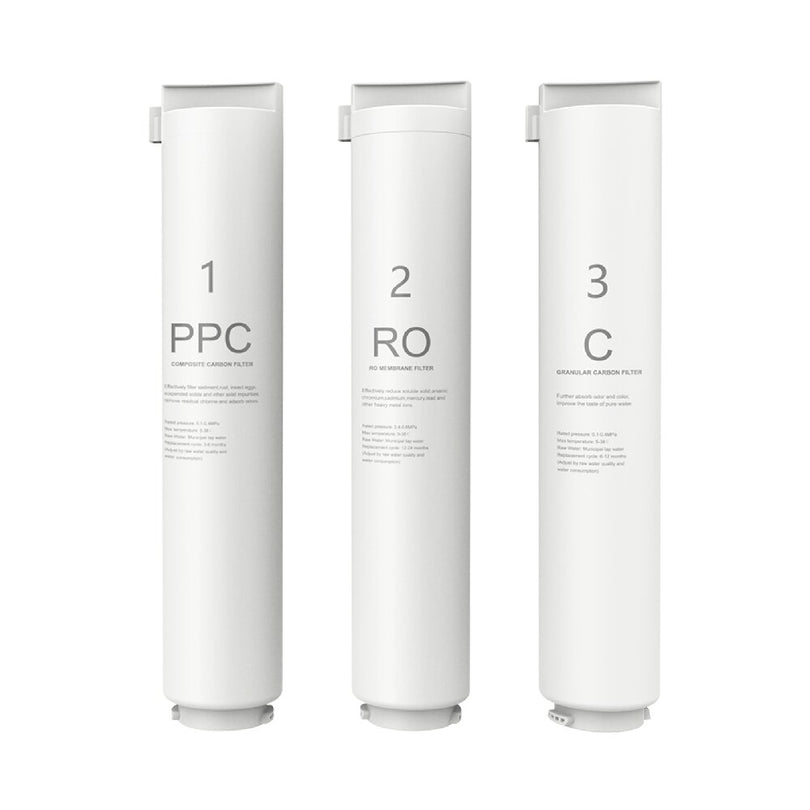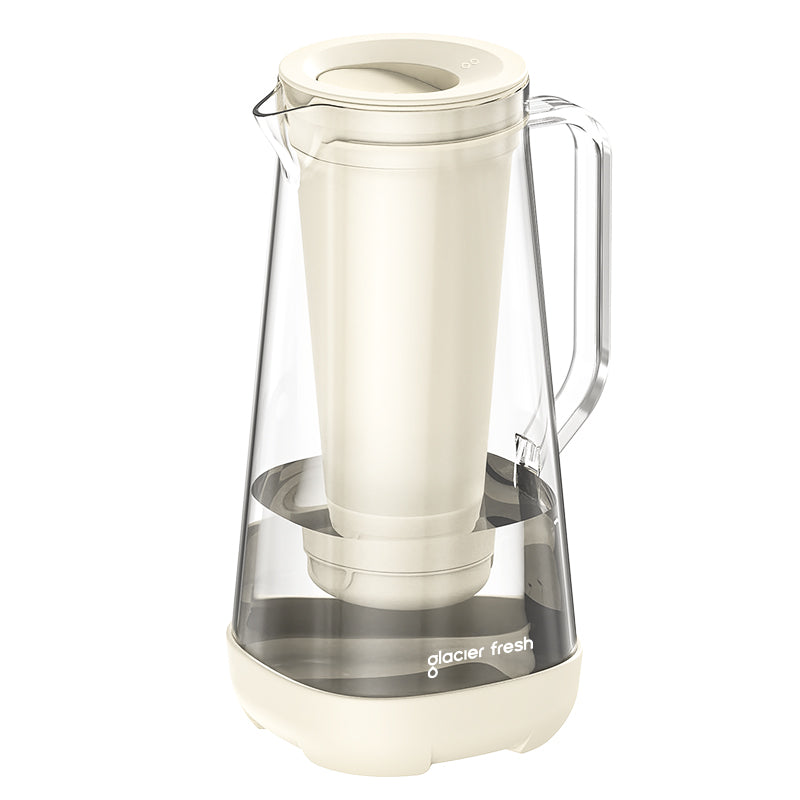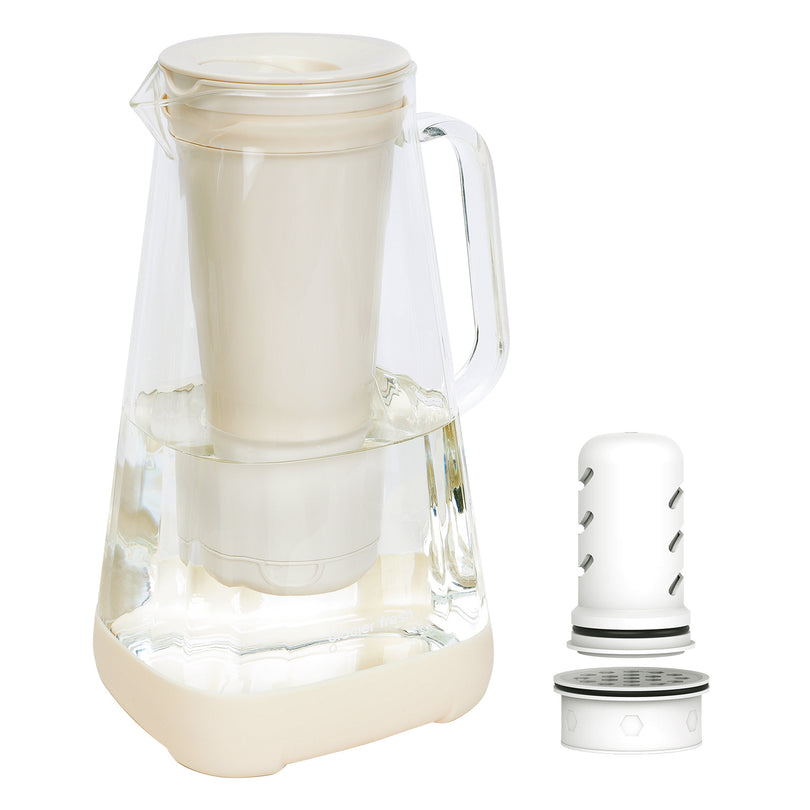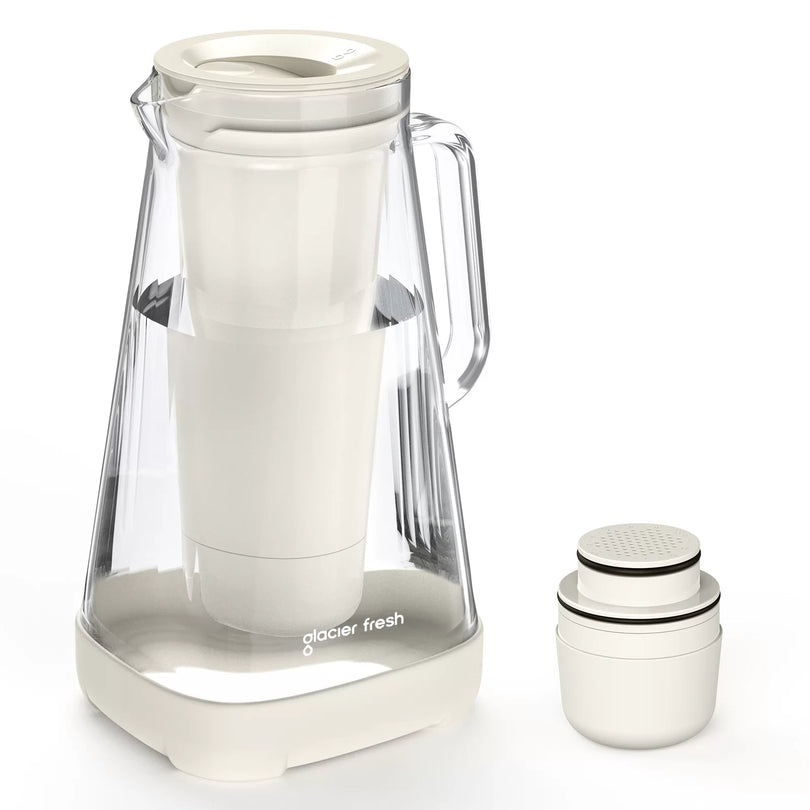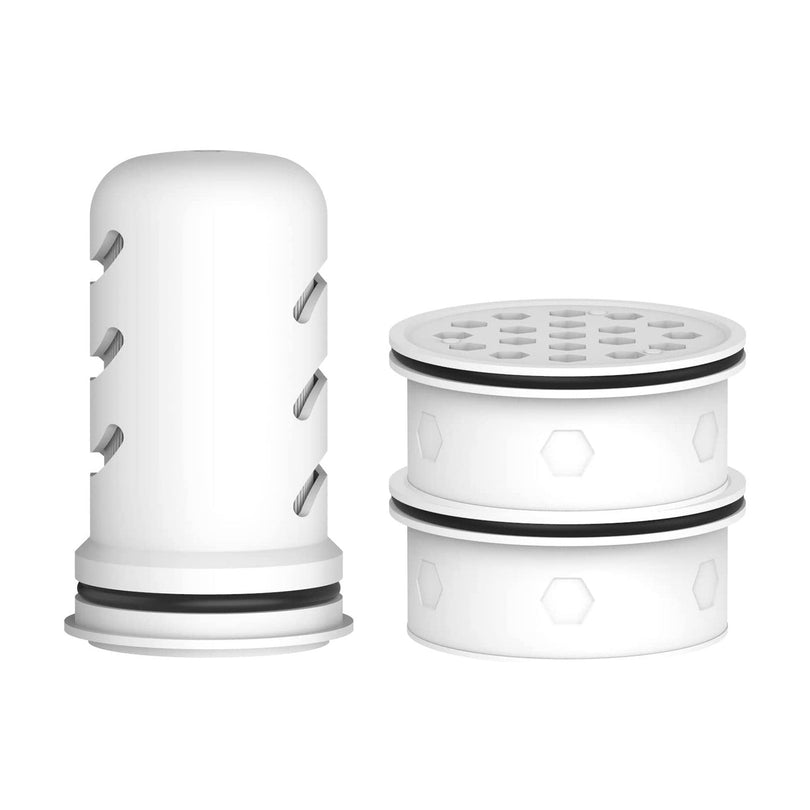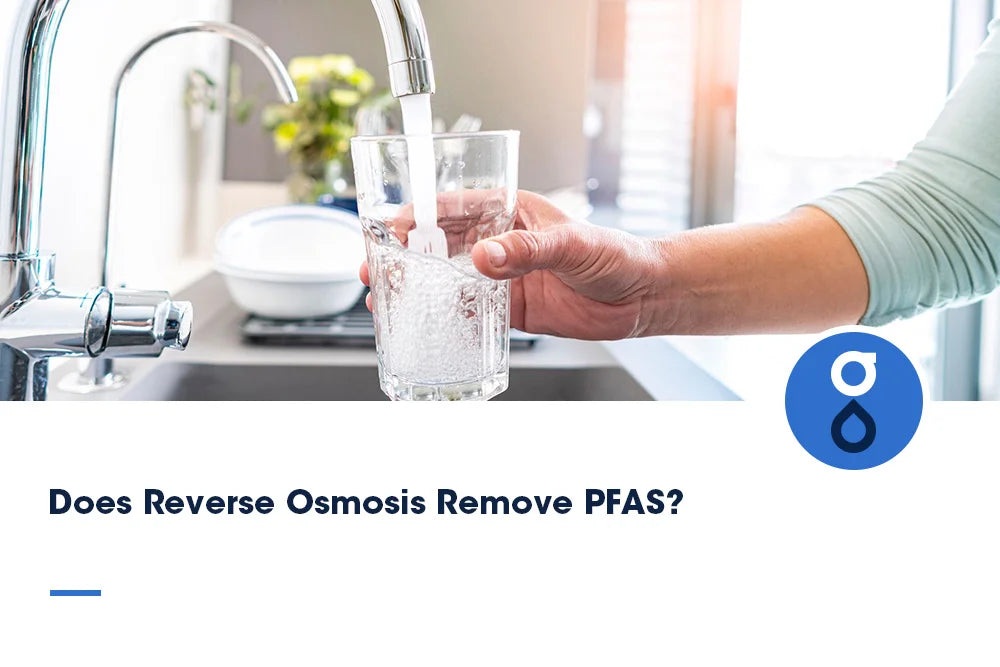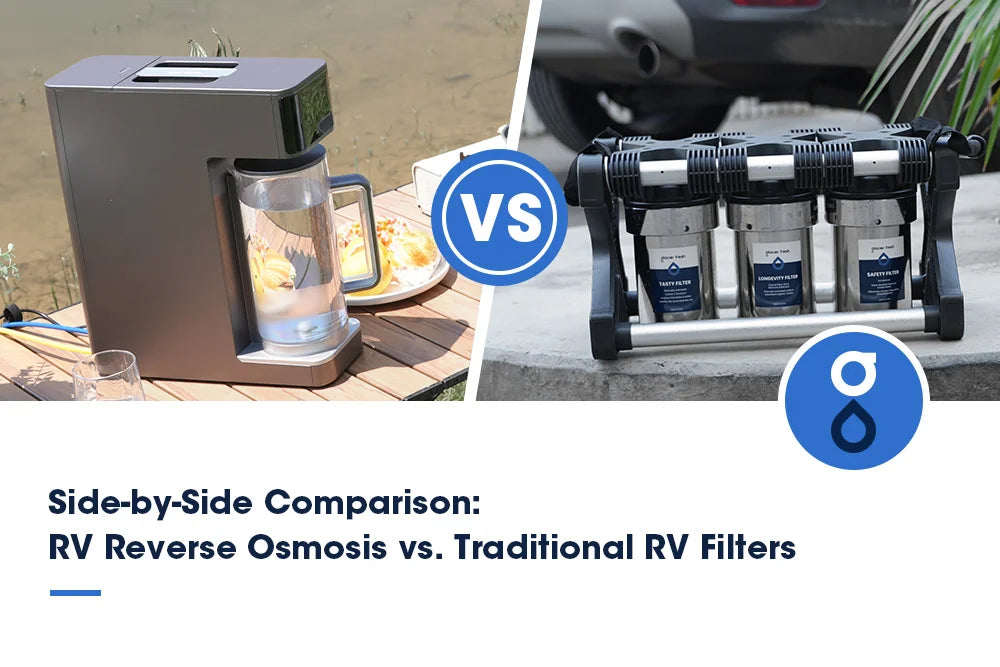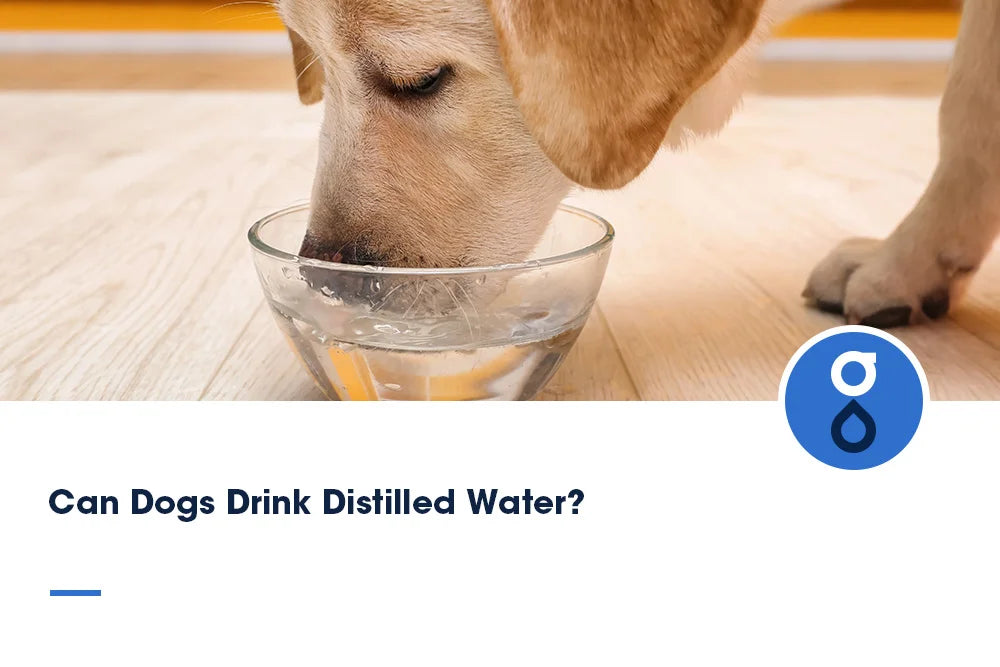Table of Contents:
Was sind PFAS?
Welche Gefahren birgt PFAS-haltiges Wasser?
Wie funktioniert Umkehrosmose und wie entfernt sie PFAS?
So wählen Sie das richtige RO-System zur PFAS-Entfernung
Tipps zur richtigen Verwendung des Umkehrosmose-Wasserfiltersystems
FAQs
Abschluss
PFAS-Schadstoffe im Trinkwasser sind zu einem dringenden Thema für Familien weltweit geworden, da diese sogenannten Dauerchemikalien immer häufiger in kommunalen und privaten Wasserversorgungen nachgewiesen werden. Die häufigste Frage vieler Menschen, die nach sicheren Antworten suchen, lautet: Entfernt Umkehrosmose PFAS? Die Antwort lautet: Ja, Umkehrosmose gehört zu den effektivsten und zuverlässigsten Verfahren zur Entfernung von PFAS und zur Bereitstellung von sauberem und sicherem Trinkwasser.
In diesem Leitfaden erfahren Sie, was PFAS sind, warum sie gefährlich sind, was das Prinzip der Umkehrosmose ist und welche RO-Systeme sie wirksam entfernen können.
Was sind PFAS?

PFAS (auch bekannt als Per- und Polyfluoralkylsubstanzen oder PFAS) sind eine Familie künstlich hergestellter Substanzen, die seit den 1940er Jahren in der Industrie und in Verbraucherprodukten verwendet werden. Ein weiteres Merkmal ist, dass sie aufgrund ihrer Persistenz in der Umwelt und ihrer Widerstandsfähigkeit gegen die natürliche Umgehung gemeinhin als „ewige Chemikalien“ bezeichnet werden.
Die Verbindungen kommen in Kochgeschirr, wasserdichter Kleidung, Feuerlöschschäumen und Lebensmittelverpackungen vor. Leider können PFAS in Gewässer gelangen und große Flächen kontaminieren. Untersuchungen haben das Vorhandensein von PFAS im Trinkwasser in den Vereinigten Staaten nachgewiesen, was zu einem zunehmenden Problem für das Trinkwasser in ländlichen und städtischen Haushalten wird.
Welche Gefahren birgt PFAS-haltiges Wasser?
PFAS wird im Falle einer Exposition mit schwerwiegenden Gesundheitsrisiken in Verbindung gebracht. Der langfristige Konsum von PFAS-kontaminiertem Wasser kann, wie wissenschaftliche Untersuchungen belegen, zu einer Schwächung des Immunsystems, hormonellen Störungen und Entwicklungsverzögerungen bei Kindern führen. Einige Studien weisen zudem auf einen Zusammenhang mit bestimmten Krebsarten, hohem Cholesterinspiegel und Schilddrüsenerkrankungen hin.
PFAS sind hochresistent. Sobald sie in den menschlichen Körper gelangen, entwickeln sie eine hohe Resistenz und beginnen sich anzureichern. Selbst eine Exposition in geringeren Konzentrationen birgt langfristige Gefahren. Daher ist es von großer Bedeutung, Mittel zu entwickeln, um sie effizient aus dem Trinkwasser zu filtern.
Wie funktioniert Umkehrosmose und wie entfernt man PFAS?
Bei der Umkehrosmose wird Wasser durch eine halbdurchlässige Membran gepresst, die nur Wassermoleküle durchlässt, Verunreinigungen jedoch abweist. Gelöste Salze, Schwermetalle, Bakterien, Viren und die meisten anderen Chemikalien, einschließlich PFAS, werden durch einen Hochdruckfiltrationsprozess entfernt.
PFAS-Moleküle haben eine Struktur, die es besonders schwierig macht, sie mit herkömmlichen Techniken wie der Kohlefiltration allein zu filtern. Dennoch sind die mikroskopischen Poren in einer RO-Membran zu klein, um PFAS zu blockieren und so ihren Gehalt um bis zu 99 % zu reduzieren. Umkehrosmose ist eine der wirksamsten Lösungen zur Bekämpfung von PFAS-Verunreinigungen im Haushalt. Neben PFAS entfernen RO-Systeme auch andere Schadstoffe wie Fluorid. Diskussionen zum Thema „ Entfernt Umkehrosmose Fluorid aus dem Wasser ?“ zeigen, dass dieselbe Membrantechnologie den Fluoridgehalt senken und Familien so ein breiteres Schutzspektrum bieten kann.
So wählen Sie das richtige RO-System zur PFAS-Entfernung
RO-Systeme sind nicht alle gleich. Um das richtige RO-System zur PFAS-Entfernung zu wählen, achten Sie auf Geräte mit NSF/ANSI-Zertifizierung zur PFAS-Reduktion, da dies eine geprüfte Leistung gewährleistet. Achten Sie auf mehrstufige Filterung, insbesondere Aktivkohle in Kombination mit Umkehrosmosemembranen, da diese Kombination am besten gegen PFAS wirkt. Überprüfen Sie außerdem Kapazität, Filterlebensdauer und Wartungskosten, damit das System den täglichen Wasserbedarf Ihres Haushalts deckt und gleichzeitig langfristig zuverlässig funktioniert.
Die empfohlene Variante ist das Glacierfresh U03 Untertisch-Umkehrosmosesystem . Dieses kleine, tanklose und praktische Gerät versorgt zwei bis drei Familienmitglieder täglich mit 2,3 Litern sauberem Wasser. Es verfügt über ein fünfstufiges Filtersystem mit einem PPC-Filter, einer 16-lagigen Umkehrosmosemembran und einem Aktivkohlefilter. Zusammen haben sich diese Maßnahmen als wirksam bei der Beseitigung von PFAS, Fluorid, Schwermetallen und Bakterien erwiesen.
Der Glacierfresh U03 verbraucht keinen Strom, kann ohne Strom betrieben werden und erreicht ein Reinwasser-Abfluss-Verhältnis von 3:1, wodurch weniger Wasser verschwendet wird. Die Registrierung und Zulassung durch SGS/NSF garantiert sicheres und gesundes Wasser. Die Installation ist in weniger als 30 Minuten erledigt und die ideale Lösung für Bewohner, die eine stabile, langfristige Wasserversorgung wünschen.
Das GlacierFresh RV Umkehrosmosesystem ist eine kleine Option für alle, die Wasser reinigen möchten. Dieses System ist ein speziell für Wohnmobile konzipierter Camping- Wasserfilter , der innerhalb weniger Minuten frisches und gereinigtes Wasser erzeugt. Dank des vierstufigen Filtersystems und der Fähigkeit, PFAS, Bakterien, Viren und Schwermetalle zu entfernen, ist es trinkbar. Dank seiner praktischen Größe und zwei Stromversorgungsarten (Adapter oder Powerbank) kann es zu Hause und unterwegs verwendet werden.
Tipps zur richtigen Verwendung des Umkehrosmose-Wasserfiltersystems
Um das Beste aus Ihrem RO-System herauszuholen und PFAS weiterhin zu eliminieren, finden Sie hier die besten Vorgehensweisen:
Regelmäßige Wartung : Wechseln Sie die Filter regelmäßig. Beim Glacierfresh U03 halten PPC-Filter 6 Monate, während die RO-Membran unter normalen Bedingungen je nach Nutzung und Wasserqualität bis zu 2 Jahre halten kann. Viele Hausbesitzer unterschätzen die Auswirkungen versäumter Wartung , aber ein rechtzeitiger Austausch ist für eine konsistente PFAS-Entfernung entscheidend.
Wasserdurchfluss überwachen : Eine Verringerung des Wasserdurchflusses ist ein guter Indikator dafür, dass ein Element eines Filters oder einer Membran verstopft ist und gewartet werden muss.
Richtige Installation : Die Armaturen müssen fest angebracht sein und es sollte mindestens ein Zoll Platz um das System herum bleiben, um eine Belüftung zu gewährleisten. Die Glacierfresh-Systeme sind relativ einfach selbst zu installieren, man sollte jedoch die Anweisungen beachten.
Ersatzfilter richtig lagern : Es wird empfohlen, Ersatzfilter an einem kühlen, trockenen Ort aufzubewahren, um die Haltbarkeit zu verlängern und Verunreinigungen zu vermeiden.
Auf Zertifizierung prüfen : Um sicherzustellen, dass PFAS sicher ist, sollten nur Filter und Membranen verwendet werden, die auf die Entfernung von Schadstoffen getestet und zertifiziert wurden.
Halten Sie Ihr System in gutem Zustand, und Sie haben immer sauberes und sicheres Trinkwasser.
Häufig gestellte Fragen
Warum weist mein Wasser nach der Installation eines RO-Systems immer noch Verunreinigungen auf?
Dies kann an abgelaufenen Filtern, einer schlechten Installation oder einem Wasserdruck außerhalb des Arbeitsbereichs des Systems liegen. Testen Sie die Filterlebensdauer regelmäßig und stellen Sie sicher, dass das System innerhalb von 30–102 PSI arbeitet.
Wie lange halten RO-Filter beim Entfernen von PFAS?
Die Vorfilter haben eine durchschnittliche Lebensdauer von sechs Monaten und die RO-Membran eine Lebensdauer von durchschnittlich ein bis zwei Jahren. Schlechte Wasserqualität oder hoher Wasserverbrauch können ihre Lebensdauer verkürzen.
Kann die Umkehrosmose alle Arten von PFAS entfernen?
Ja, RO-Membranen sind aufgrund der Struktur dieser Moleküle tatsächlich sehr effizient bei der Beseitigung einer Vielzahl von PFAS-Verbindungen.
Ist ein Untertisch-RO-System besser als ein tragbares System?
Das hängt von Ihren Bedürfnissen ab. Ein Untertischsystem wie das GlacierFresh U03 eignet sich am besten für ein festes System zu Hause, während die tragbare GlacierFresh RV RO-Anlage ideal für ein mobiles System und den mobilen Einsatz ist.
Wird bei der Umkehrosmose viel Wasser verschwendet?
Die Systeme der neuen Generation, wie beispielsweise Glacierfresh U03, verfügen über ein umweltfreundliches 3:1-Abfluss-Verhältnis, um im Vergleich zu den älteren Systemen die Verschwendung zu reduzieren.
Abschluss
Entfernt Umkehrosmose also PFAS? Absolut. Eine der besten Optionen zur Lösung des PFAS-Problems im Trinkwasser ist die Umkehrosmose-Technologie, da sie Familien Sicherheit und ein gutes Gefühl für die Zukunft gibt. Dank hochwertiger Systeme wie dem GlacierFresh U03 für zu Hause und dem GlacierFresh RV Umkehrosmosesystem für unterwegs können Sie zu Hause und auf Reisen sicheres, wohlschmeckendes Wasser genießen.
Durch die ordnungsgemäße Wartung des RO-Systems ist Ihr Haushalt besser vor schädlichen Chemikalien geschützt. Sie investieren in ein bewährtes System und halten es in gutem Zustand. So verringern Sie die Abhängigkeit von Flaschenwasser. Umkehrosmose ist die Lösung für PFAS-freies Wasser.

